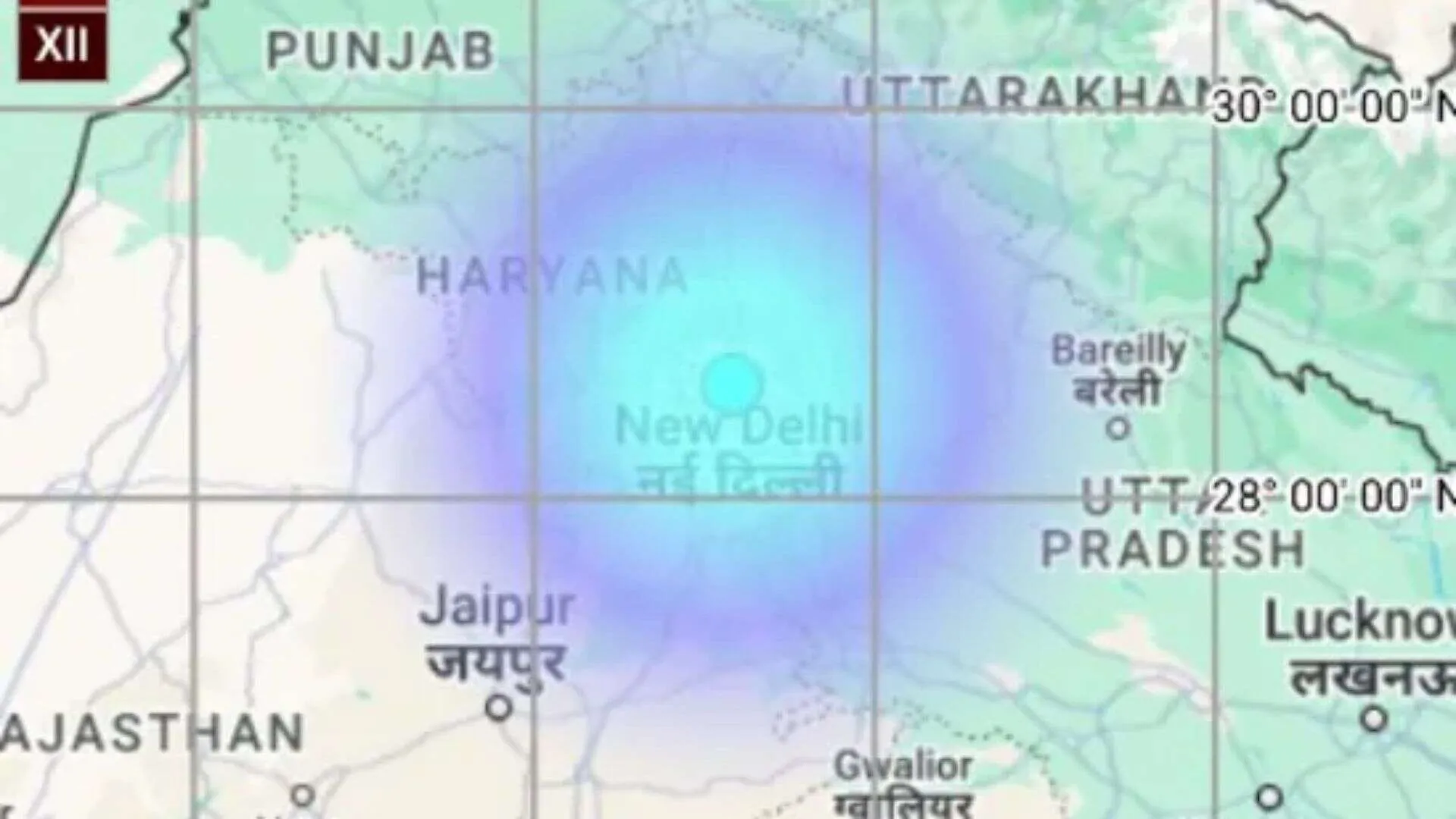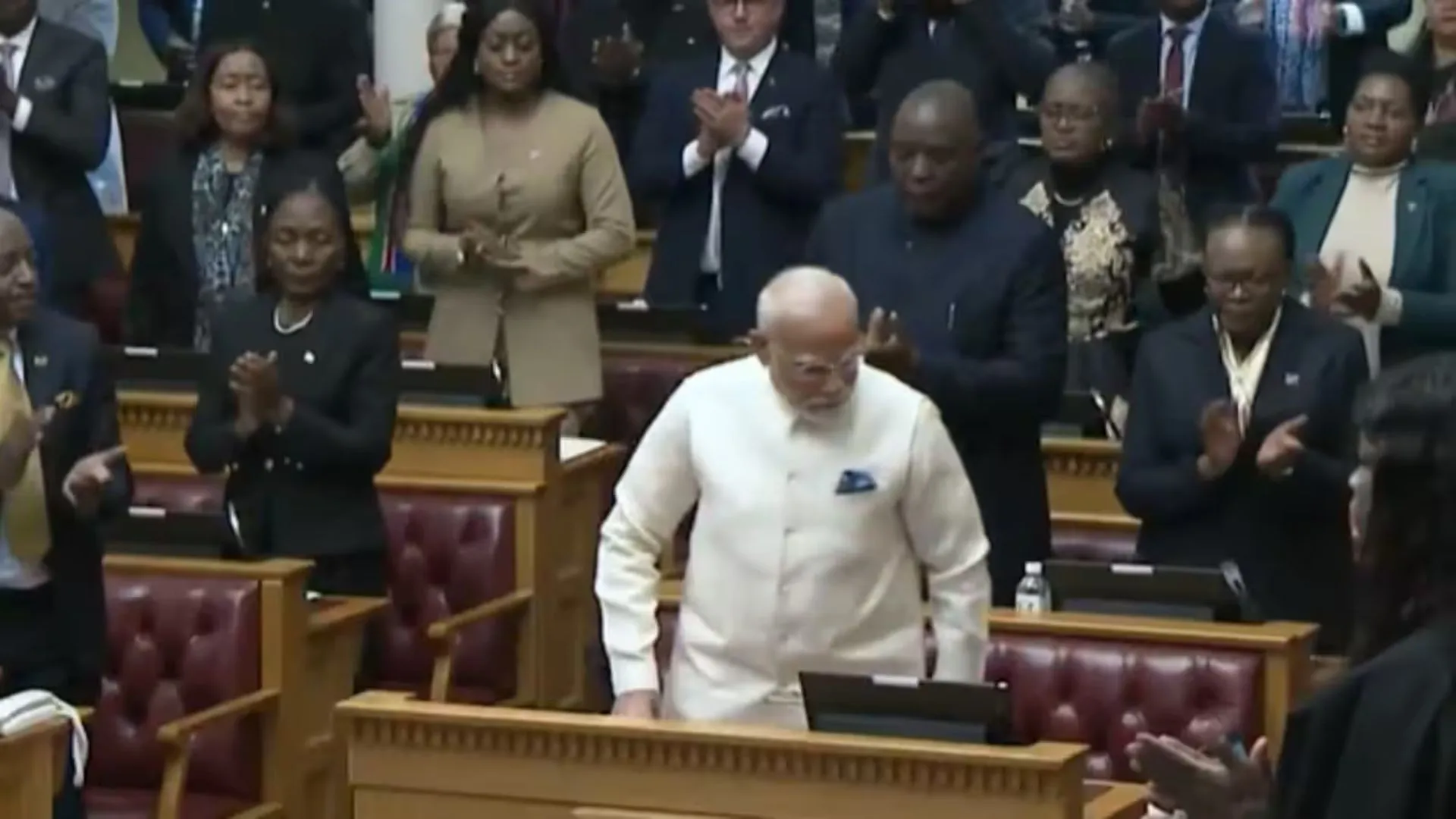A 4-magnitude earthquake hit Delhi and its suburbs early on Monday morning, sending people into panic. Although the earthquake was of low intensity, the tremors were very strong, forcing people to step out of their homes at approximately 5:36 am.
Why did the tremors become stronger?
Former advisor to India’s 11th President and Kalam Centre and Homi lab founder Srijan Pal Singh clarified why the quake was so strongly felt. He posted on X that the earthquake’s epicentre was in Delhi itself, hence it felt far stronger. “The Delhi earthquake you just experienced was approximately 4.0 on the Richter scale. That is not high (earthquakes come up to 6.0 and higher), but you felt larger tremors than ever. Why? Because the epicentre is inside Delhi itself. This is what shakes at the epicenter,” Singh wrote.
What is Epicenter?
As defined by the US Geological Survey (USGS), the ‘epicenter’ is the point directly above the earth’s surface at which the quake begins, and the ‘hypocenter’ is beneath the earth’s surface. The largest tremors, or ‘mainshock’, take place during the earthquake, while aftershocks occur afterward. As NASA describes, the most severe shaking occurs closer to the epicenter, although the seismic waves may travel hundreds or even thousands of miles.
On Monday, the quake’s epicenter was around Dhaula Kuan’s Durgabai Deshmukh College of Special Education, an area witnessing low-intensity quakes sporadically. Delhi lies on an active seismogenic region because of fault lines within the Delhi-NCR area and closeness to the Himalayas, making it a seismically vulnerable zone. The Delhi-Haridwar Ridge and presence of Aravali Mountain belt extension below the Ganga basin are prime geologic elements increasing the region’s vulnerability to earthquake activity.
Prime Minister Narendra Modi asked people to remain calm but be on their guard against any aftershocks after the quake.
Search Volume for Delhi Earthquake
There was a tremendous increase in search volume for such keywords as ‘earthquake in Delhi’ and ‘epicenter’ specifically from Delhi, Haryana, Uttar Pradesh, Uttarakhand, and Chandigarh, indicating people’s widespread fear in the city.





















